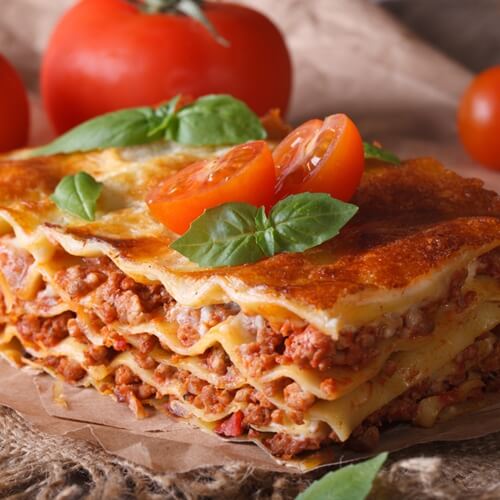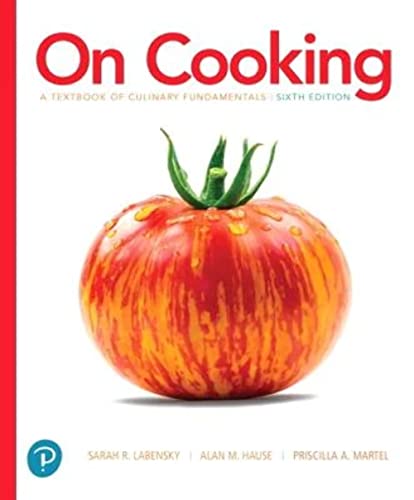
Here are some common temperature ranges and when to use them. Some yeast pieces of bread, like sourdough, which are very low in fat use the highest baking temperatures. Some baked goods with high-fat content can tolerate higher cooking temperatures for part of the time in the oven, but most baked goods that use a higher proportion of flour to butter or fat benefit from even cooking at moderate temperatures. For sweet treats and bread baked goods, baking turns a raw dough or batter into golden products with irresistible contrasting flavors and textures created by the exterior crust and crumbly or chewy centers. It also evenly warms casserole dishes and creates a crispy layer on top if cheese or breadcrumbs are added. For savory foods, it helps to gently cook and tenderize each piece, and keep it moist. What Culinary Problem is this Method Solving?īaking is a way to uniformly heat foods in an enclosed space. The color change on the surface and creation of new flavors is often due to Maillard browning and caramelization of sugars. The dry heat of baking changes the form of starches in the food and causes its outer surfaces to brown, giving it an attractive appearance and taste. During baking, heat is evenly transferred to the center of the item that’s baked, making a crust on the outside with a soft center. The Process- How it Works?īroadly speaking for bread, pastries, cookies, and cakes, baking uses flour, sugar, eggs, liquid, salt, and leavening agents that chemically change with movement and heat. Others use both ‘baking’ and ‘roasting’ interchangeably. Most people think of roasting as something that’s done to savory meats and vegetables, while baking usually refers to desserts or savory dishes using flour. What is Baking?īaking is a type of dry heat cooking, similar to roasting, that’s done in an enclosed space such as an oven, not over a direct flame. Soon you’ll be ready to bake whatever it is your heart desires. However, all you need to know is a little bit about the fundamentals of baking, the ingredients involved, and the chemical transformations that happen when you mix everything up. People spend a lifetime devoted to pastry making, bread making, and baking.


But even if chemistry isn’t quite your thing, don’t let that discourage you!

For this reason, it’s often referred to as the chemistry of cooking. Why is baking so difficult? Well, part of the reason is that baking relies on the fundamentals of science to produce successful results. Many people who love to improvise and get creative in the kitchen enjoy cooking, but sometimes even the most dedicated home chefs draw the line at baking. When it comes to baking, a little knowledge goes a long way for incredible and delicious results. From coffee cakes to snickerdoodles, there’s a whole lot of science going on behind the scenes of your favorite baked treat.


 0 kommentar(er)
0 kommentar(er)
